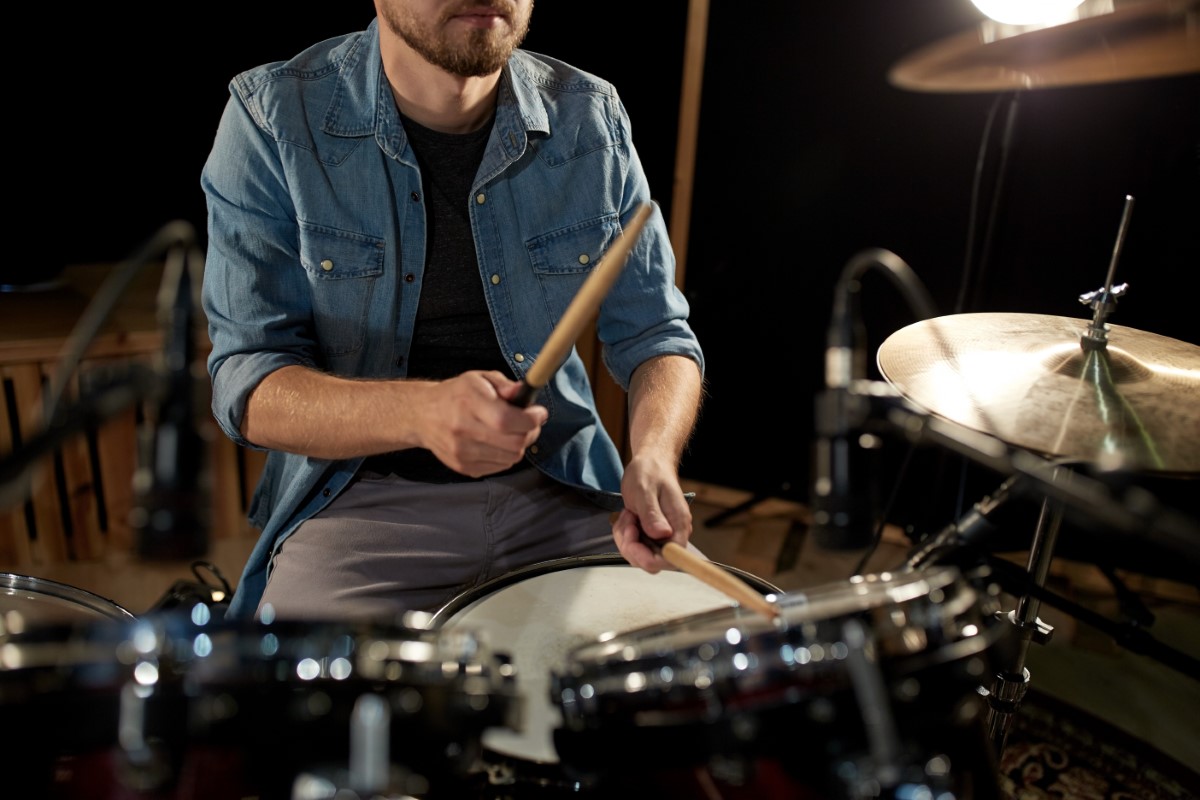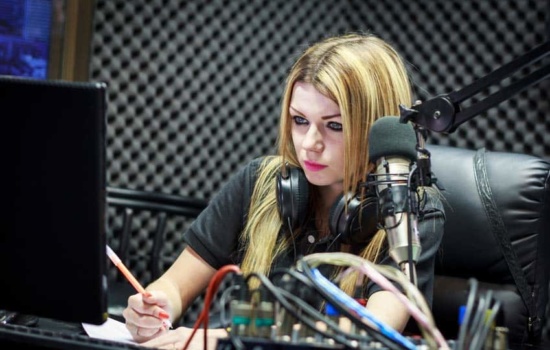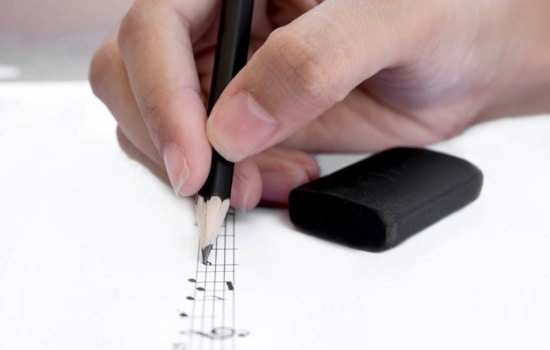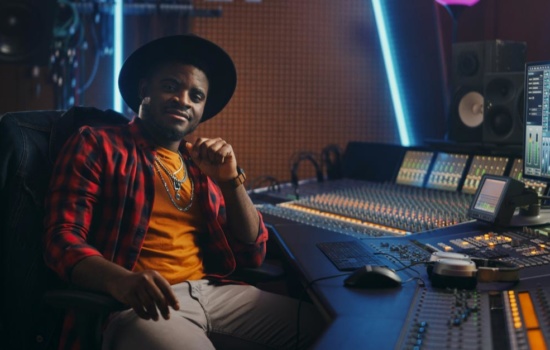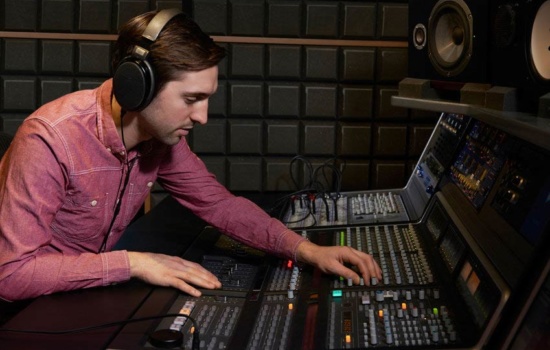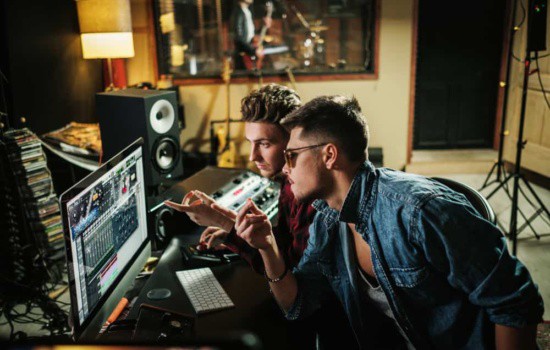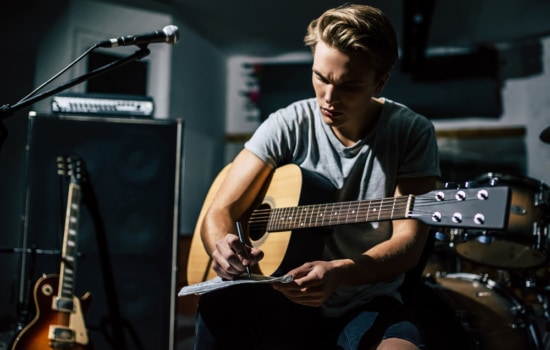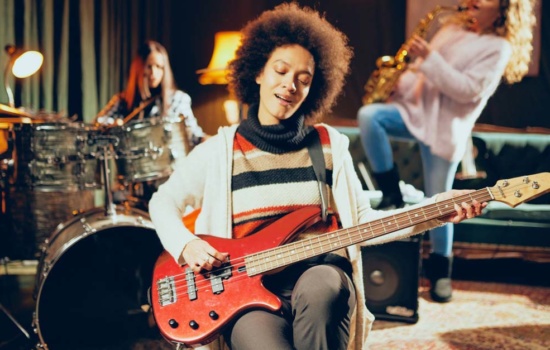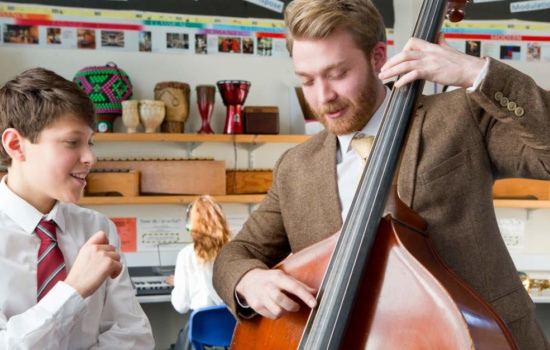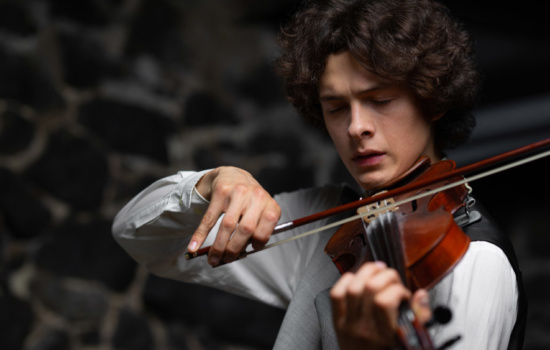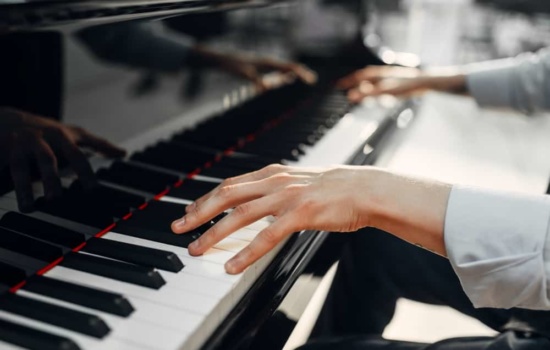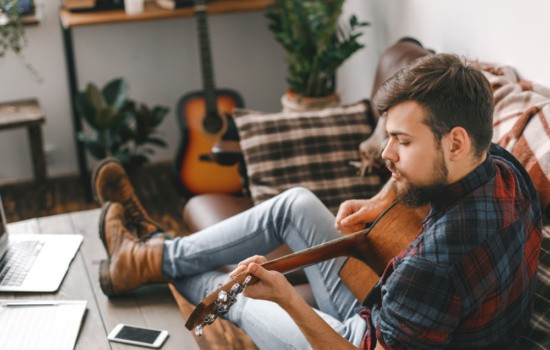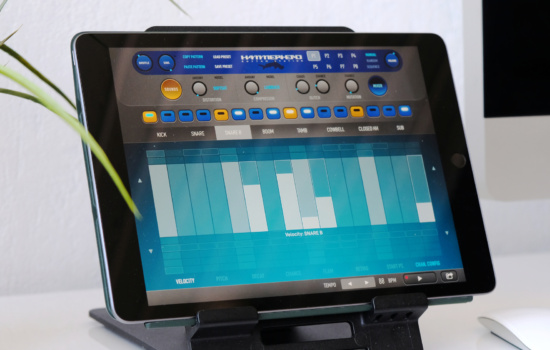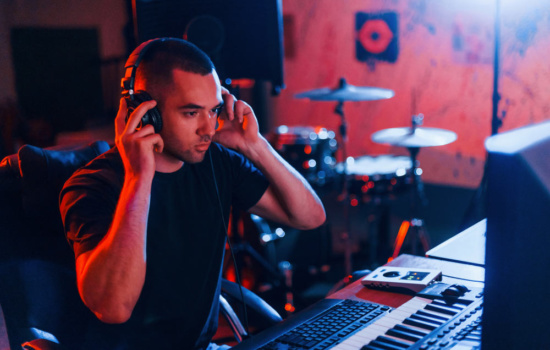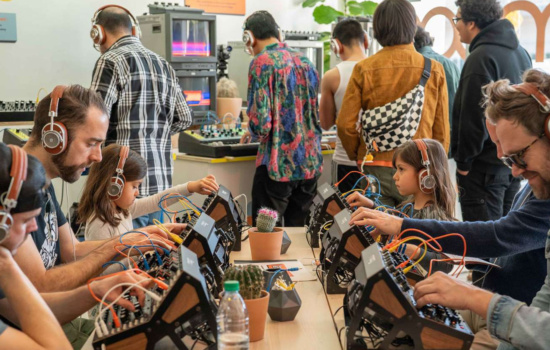Rhythm is perhaps the earliest form of music, along with singing. The first drummers probably played on their own bodies with their hands, used sticks to beat on hollow trees, tapped and stomped the earth with their feet, and sang vocal percussion, a very early version of beatboxing.
Later, they stretched animal skins over hollow trees or ceramic bowls, or placed a board over a hole in the ground, and beat on that. Drumming was used for accompanying dancing for rituals and to mark occasions of all kinds.
Throughout history, armies used drumming to synchronize marching and the firing of weapons, and to instill fear in the heart of the enemy. Drums were also used for communicating across distances.
How do Beginners start playing drums?
There’s a wealth of excellent content for beginning drummers online, much of it for free. Most of the tutorials begin with teaching how to set up the kit, explaining the positioning of each component, and why it’s set up that way.
In these beginner video lessons, you’ll find instructions on how to hold the sticks, how to play a simple drum beat, and how to play a drum fill. Most early-stage learners will be able to accomplish these things quickly and easily, without any technical or theory knowledge.
Other topics you are likely to find include how to read simple drum music notation, how to count time, how to use a metronome, how to tune the drums properly, and tips for practicing effectively and efficiently. There’s also a lot of material available online about how to record drums.
If you prefer text and pictures to watching videos, you can also find excellent books for learning how to play. Just Google and be sure to check the reviews to see if others found the materials useful.
Of course, you could also start playing by getting some lessons. Choose a teacher with a music degree to make sure they have preparation for teaching. You should also consider the style of music you want to learn to play when choosing a teacher, to be certain they can teach you to play the music you are most interested in learning.
Before signing up with a teacher, ask to speak with some of their current or former students about their teaching methods, to make sure they will be a fit for how you learn. Lessons usually range from 30-60 minutes weekly, and there should be homework assigned for daily practicing.
This sample lesson from freedrumlessons.com gets you playing for the first time without any complicated technique or theory involved:
